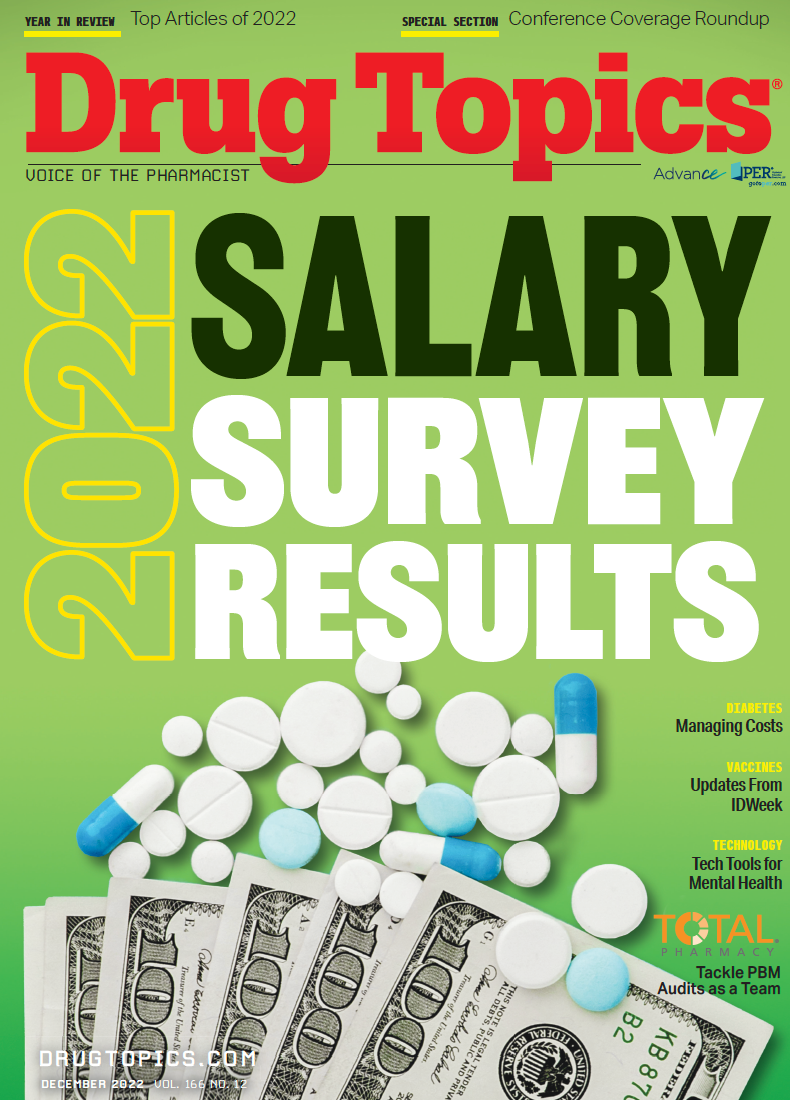Biosimilar Uptake Increases After Changes to EHR
Biosimilar medications stand to significantly increase cost savings for patients.
Although biologic drugs have revolutionized the treatment of rheumatic diseases, the increasing use of these therapies has contributed directly to higher prescription drug spending across the United States. However, low-cost biosimilars are poised to make a “considerable impact” on patients by reducing prescription drug spending, lowering health care costs, and increasing access to care, according to research results1 that were presented at ACR Convergence 2022, which was held from November 10 to 14 in Philadelphia, Pennsylvania.
According to investigators from The University of Texas Southwestern Medical Center in Dallas, infusion clinics at the center have been using infliximab and rituximab biosimilars since 2018 and 2020, respectively, although initial uptake was slow. To increase the rate of uptake of these medications, biosimilars were made available to order in the electronic health record (EHR). Eventually, biosimilar drugs were made the default order “replacing the originator drug order within the EHR.” Investigators sought to measure the effect of these EHR changes on biosimilar use for rheumatic diseases by evaluating aggregated, deidentified data from rheumatology patients who received either infliximab or rituximab between August 2018 and March 2022.
A total of 16 rheumatology care providers placed a total of 1270 and 1295 originator infliximab and rituximab orders, respectively, during the study period; a total of 129 and 208 biosimilar orders for each drug were placed during the same time period. Following the approval and introduction of an infliximab biosimilar in August 2018, the average use was 4.06% per month. After the biosimilar was added in the EHR as an option, the average use was 1.87%. However, this monthly average use increased to 19.13% after the biosimilar was set as the default order in December 2020.
After rituximab approval, the average monthly percentage use gradually increased to 1.30%. After the biosimilar was made the default order in the EHR—also in December 2020—the average monthly biosimilar use increased to 31.84%.
“It is feasible to increase the use of biosimilars in an academic setting,” the investigators wrote. “In our institution, a significant increase in uptake was not seen until the biosimilar drug was made the default EHR order, replacing the originator drug.
“With an estimated cost that can be up to 40% to 50% less than the originator drugs, we estimate that the continued increase in biosimilars uptake will lead to significant savings,” they wrote, adding that they plan to continue their comparison of biosimilar drug uptake both within rheumatology and across other specialties.
Reference
1. Eseddi J, Carmichael D, Wishin S, Bajaj P. Increasing biosimilar uptake in the rheumatology clinics within a large academic medical center. Presented at: American College of Rheumatology Convergence 2022; November 10-14, 2022; Philadelphia, PA. Abstract 1286.
